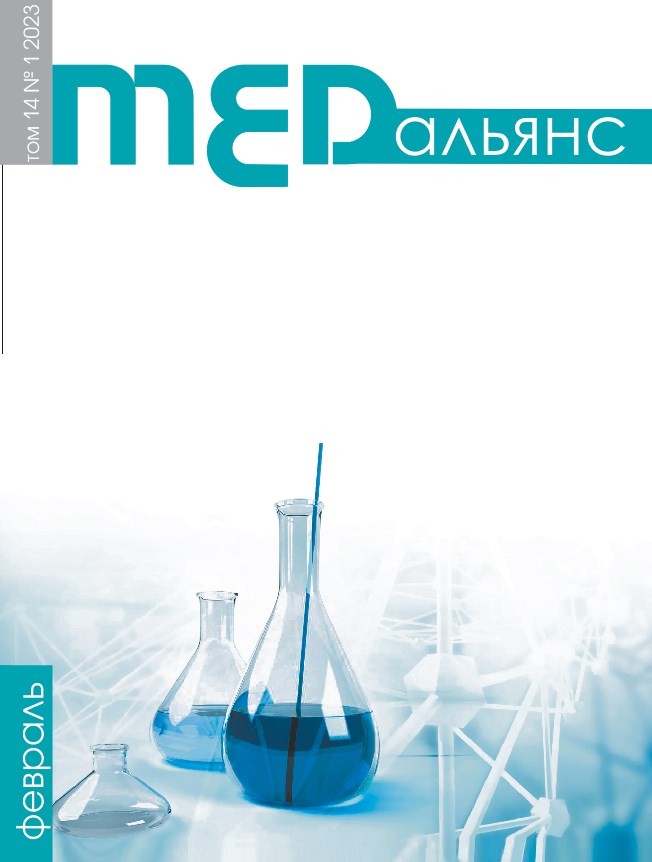Abstract
Treating patients with bilateral tibial plateau fractures remains a difficult task, demanding in the majority of cases staged surgical tactics, thorough preop planning, and combination of approaches and implants. At the same time, various options of osteosynthesis are possible. The aim of the study: to demonstrate the preop planning technology and the possibilities of the use of proposed surgical approaches’ modifications and maneuvers to fix posterior tibial plateau. A clinical case is presented of a patient with bilateral tibial high impact fractures with posterior involvement. At admission, external fixing of fractures was performed. Later, after soft tissues’ normalization and preop planning based on computer tomography, consecutive internal osteosynthesis was done. Variations of surgical approaches and maneuvers for fixing the fragments and implants were used, that allowed for stable fixation of fragments after the articular surface fragments’ anatomical reposition. Good anatomical and functional mid-term result was achieved, without any worsening of the fragments’ position in dynamics or implants’ migration. The clinical case demonstrated that the combination of modified anterolateral and posteromedial approaches together with the use of anatomical implants granting subchondral support for articular surface fragments allows to stably fix even complex tibial plateau fractures. Restoration of axial correlations in the limb, preservation of the joint stability on the whole allows to wager on good functional results, even in case of extensive articular surface lesions.

